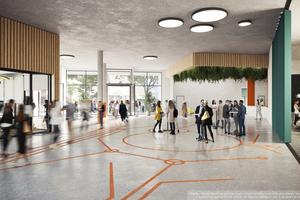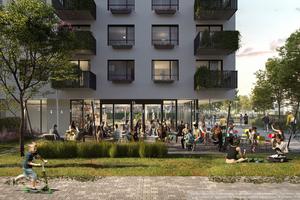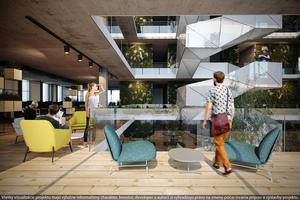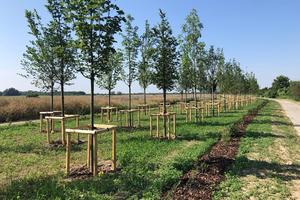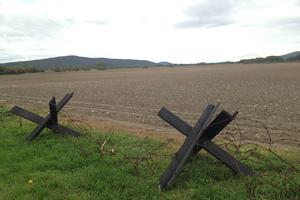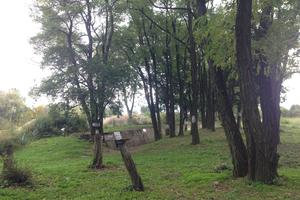Once it was a no man’s land on the heavily guarded Iron Curtain just beyond Bratislava. In the next 10-15 years it will turn into Nesto, a new city district of Bratislava. This will be a small town in the city, while the developer Lucron plans to invest between €800-€900 million. The developer, part of the IKO Real Estate international group and originating in Luxembourg, has taken an innovative approach to its creation.
“Nesto will grow organically and will be formed by the life style and preferences of the people who will work and live in it,” said Peter Kavecký, responsible for strategic projects at Lucron. “The new district is not designed to the very last detail and there will be space for creative development.”
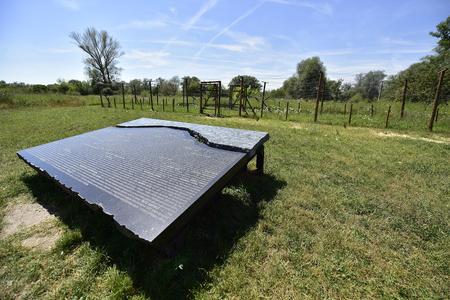
The developer has taken inspiration for the green-field project of Nesto from European creative districts built according to the Woonerf principles of city design, meaning a living street in English. These principles were originally implemented in the Netherlands while these include shared space, traffic calming, and low speed limits. Such are Naschmarkt in Vienna, Kreuzberg in Berlin and Karlín in Prague.
Nesto (Kopčianska)
48 hectares
housing for about 15,000
4,500-5,000 housing units
outdoor and indoor sport venues spread over 2.5 hectares
amenities will include medicentre, school, kindergarten, multi-functional cultural and social hall
investments of €800-€900 million
construction will last 10-15 years
The idea of the developer is that in the 48-hectare district now known as Kopčianska, its future dwellers will find housing, amenities, space for work up to leisure time options. They perceive this approach as a cure to problems caused by the construction of monofunctional zones like residential and office ones in Bratislava, resulting in a lot of commuting.
“In Nesto, you will find everything you need for life and its size allows you to concentrate all these functions in one place,” said Peter Gero, senior consultant for urban planning and architecture for Lucron. In the past he was responsible for the urban regeneration project of old port warehouses in Hamburg into a new quarter, HafenCity.
Main principles
The main principles of the new district are creativity, ecology and accessibility.



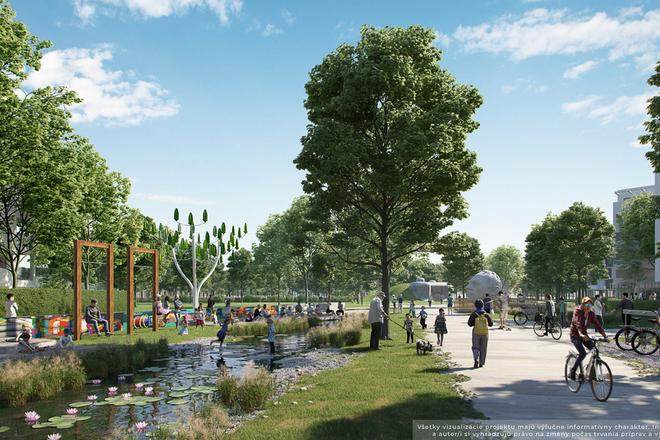 Visualisation of Nesto (source: Courtesy of Lucron)
Visualisation of Nesto (source: Courtesy of Lucron)
